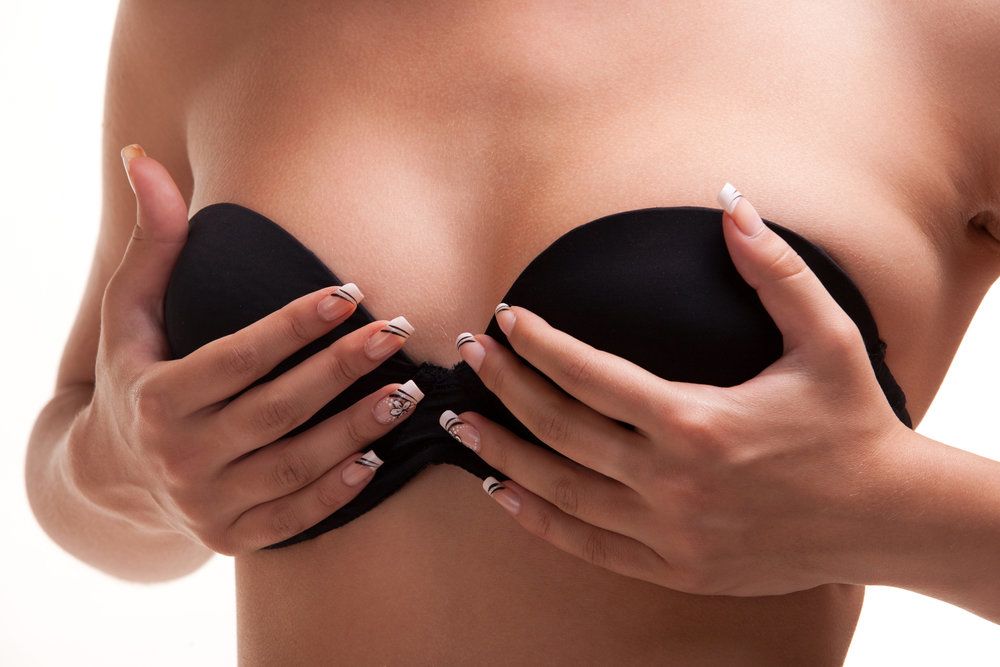Breast Feeding and Breast Implants Surgery Columbus OH
 As the majority of patients who are considering breast augmentation surgery are of childbearing age, the ability to breastfeed is often a concern and may affect their decision to proceed with implant surgery. It is not unusual for women with small breasts to not have adequate milk production to satisfy their infant even without implants.
As the majority of patients who are considering breast augmentation surgery are of childbearing age, the ability to breastfeed is often a concern and may affect their decision to proceed with implant surgery. It is not unusual for women with small breasts to not have adequate milk production to satisfy their infant even without implants.
Milk Ducts
 Breast surgeries where the milk ducts to the nipples may be interrupted can interfere with breastfeeding. This most commonly happens with breast reduction surgery. In this procedure, excess skin and breast tissue are removed to make the breasts smaller, lighter and up-lifted. By removing breast tissue, many of the milk ducts are removed. As a result, patients who have a breast reduction may not be able to breastfeed after surgery. Although the scars from a breast lift (Mastopexy) are similar to those of a breast reduction, very little, if any breast tissue is removed with most breast lift procedures. Therefore, it is very unlikely to lose the ability to breastfeed after a breast lift.
Breast surgeries where the milk ducts to the nipples may be interrupted can interfere with breastfeeding. This most commonly happens with breast reduction surgery. In this procedure, excess skin and breast tissue are removed to make the breasts smaller, lighter and up-lifted. By removing breast tissue, many of the milk ducts are removed. As a result, patients who have a breast reduction may not be able to breastfeed after surgery. Although the scars from a breast lift (Mastopexy) are similar to those of a breast reduction, very little, if any breast tissue is removed with most breast lift procedures. Therefore, it is very unlikely to lose the ability to breastfeed after a breast lift.
Breast Augmentation
Like a breast lift, no breast tissue is removed with breast augmentation surgery and it is unlikely that many of the milk ducts would be interrupted with insertion of implants. The placement of the incision, however, could make a difference. Most implants are placed through an incision in the fold underneath the breast. As this is a direct route to create the pocket for the implant underneath the muscle, very little, if any, damage is done to the breast tissue. Some surgeons prefer to use an incision around the lower half of the areola to insert breast implants. Using this route, they generally tunnel through the breast tissue in order to get down to the chest wall to create the pocket. As a result some of the ducts may be transected, possibly limiting a women’s chance to breastfeed.
Implant Pressure
Breast implants do put pressure on a woman’s breast tissue causing it to become compressed to some degree; more so with large implants in a small breast and less so with small implants in a large breast. It is conceivable that this flattened tissue may not respond like normal breast tissue during the lactation process and, therefore, there could be less milk production. In general, this tissue compression goes away when breast implants are removed. I tell potential breast implant patients that breast augmentation will likely increase their need to supplement with a bottle.
Inverted Nipples
Some patients who are considering breast augmentation surgery have inverted nipples. These may come out, or evert, during breastfeeding or, as a result of a deformity of the ducts, they may not be able to breastfeed at all. An inverted nipple is generally a congenital problem caused by abnormal shortening of the milk ducts resulting in inversion of the nipple. The surgical procedure to correct an inverted nipple virtually always requires transection of the ducts and, as a result, eliminates the possibility of future breastfeeding.